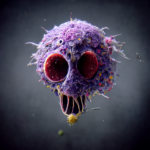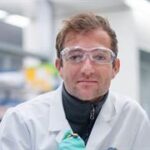Cells in our body are constantly barraged with different signals from their environment. These signals may be short-lived and change rapidly. Cells need to be able to switch off signalling pathways as rapidly as they were switched on.
Proteins have evolved that act as feedback inhibitors and specifically terminate a cell signalling pathway. These proteins can switch off kinases or other signalling proteins, or initiate the destruction of proteins produced when the signalling pathway began.
The SOCS protein family was discovered by our researchers. These proteins specifically turn off many different types of signals. Our research has demonstrated that in the immune system SOCS proteins are especially important at restraining inflammatory signals. Without SOCS proteins, inflammatory signalling is prolonged and can cause tissue damage.








